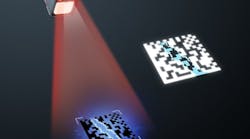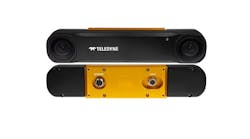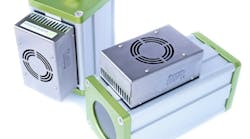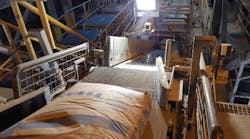SEPTEMBER 14--So far, the food-and-beverage sector has largely been regarded as a secondary market for suppliers of automation and control equipment. Now, however, a combination of technological innovation, legislation, as well as sprawling production facilities and complex supply chains requiring improved efficiencies are stimulating investments in automation and control solutions. Typically, tight profit margins have made food-and-beverage sector participants steer clear of investing in equipment that is unlikely to rapidly boost profitability. To achieve their economic goals, many companies have continued using existing and often outdated systems or have deployed homegrown technologies.
"A critical challenge for automation and control suppliers, therefore, will be to convince food-and-beverage companies that their products are likely to make a real and positive impact on the bottom line," advises Jonas Westlund, automation industry analyst with Frost & Sullivan (industrialautomation.frost.com). "At the same time, the need to boost efficiency and maintain profitability in a highly competitive environment with tight margins is likely to encourage food and beverage manufacturers to invest in automation and control equipment. This represents a substantial growth opportunity for market participants," she says.
Investments in automation and control solutions in the European food-and-beverage sector have also been driven by consolidation in the retail sector and among food and beverage producers. At the retail level, large supermarket groups have been expanding their market presence. As large-scale distribution networks and just-in-time manufacturing become increasingly common, the need for efficient and transparent production processes is gaining impetus. At the same time, with products often sold in locations distant from their point of production, the need to monitor the age of ingredients used in food products is becoming significant.
Fierce price competition is likely to dampen revenue growth rates. Extreme price sensitivity among food-and-beverage companies, growing competition between suppliers, and technological advances that enable cost reductions are all likely to trigger price cuts for automation and control products in the market. "The fact that price points are not likely to head the agenda for all customers in the food-and-beverage market is promising," says Westlund. "Expertise in the provision of automation and control solutions is also of crucial importance."
Related primarily to the tracking and tracing of recipe ingredients and final products, new regulatory mechanisms imposed in the United States and the European Union are adding a legal thrust to automation and control investment. Technological advances are also stimulating investments by spurring customers to replace existing systems. Innovations such as functional touch-screen human machine interfaces, Web-enabled supervisory control and data acquisition systems (SCADA), and industrial asset management (IAM) solutions are encouraging existing users to replace legacy products with more up-to-date replacements. Such trends are likely to be supported by low-priced, out-of-the-box solutions that are set to become increasingly popular in product areas such as the SCADA and IAM. This is in keeping with customer demands for low-priced, easy-to-use systems.
Overall, revenues in the European food and beverage automation and control market are forecast to increase from $1,331.6 million in 2004 to $1,695.9 million in 2011. While the established programmable logic controllers sector is projected to continue as the largest segment, other segments are likely to exhibit higher growth rates as well.
"Strong demand across segments such as SCADA, manufacturing execution systems (MES), and IAM offer considerable potential for future growth," remarks Westlund. "The MES segment, in particular, is expected to see the strongest growth, with revenues in the food-and-beverage sector nearly tripling in the next six years." In contrast, being perceived as a less cost competitive solution than for example SCADA/PLC, growth in DCS is expected to be restrained.
If you are interested in a brochure, which provides manufacturers, end users, and other industry participants with an overview of the latest analysis of the automation and control solutions in the European food-and-beverage sector, send an e-mail to Magdalena Oberland,[email protected].




